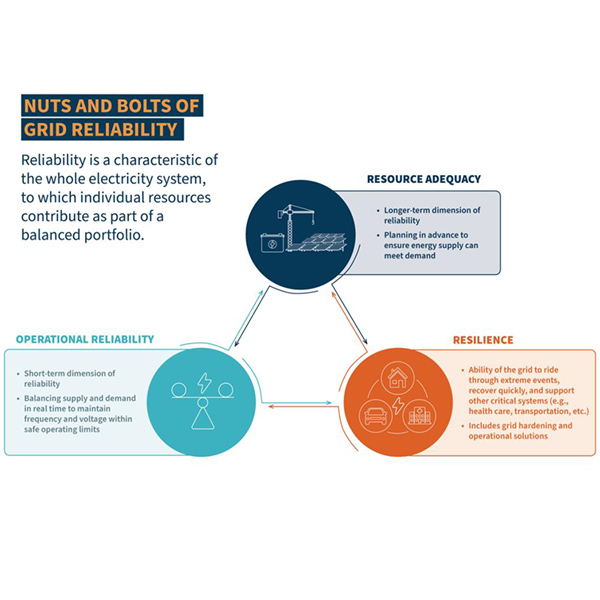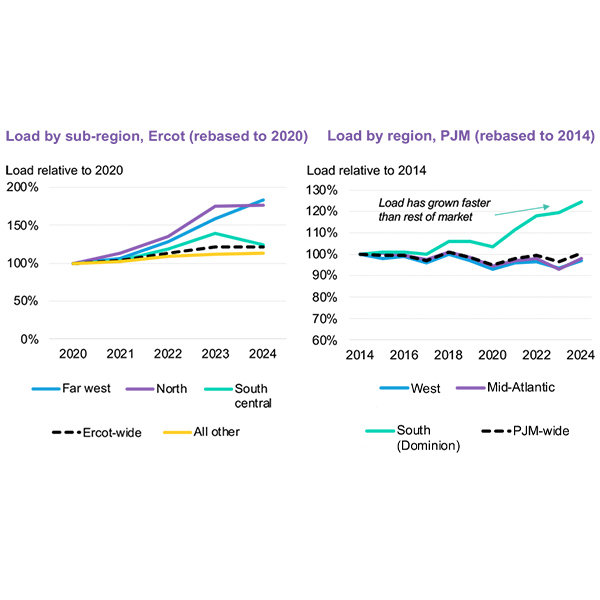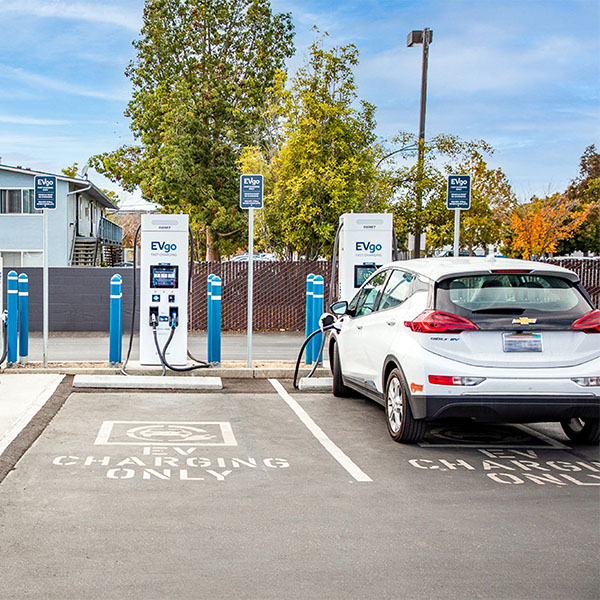Coal
President Donald Trump signed a series of executive orders that seek to keep existing coal-fired power plants running, ease regulations and permitting for coal mining, and remove “unlawful and burdensome” state laws that impede the industry.
The current debate in the U.S. electricity sector pitting efforts to increase renewables against the need for grid reliability in the face of growing demand could be unnecessary and counterproductive, according to one expert.
The 13th edition of the BCSE Factbook comes, as always, packed with charts, figures and industry insights, many of which stand in sharp contrast to President Donald Trump’s focus on fossil fuels and U.S. energy dominance.
Georgia’s largest electric utility said the moves are driven by 8.2 GW of anticipated load growth through the end of 2030
The Energy Association's 21st Annual State of the Energy Industry Forum reflected the quickly shifting landscape of national energy policy and the resulting shift in industry priorities and narratives.
The D.C. Circuit found the commission appropriately approved a new pipeline in Indiana meant to serve new natural gas generation that the state approved.
The rising opposition to the Maryland Piedmont Reliability Project, a 67-mile, 500-kV transmission line, and general dissatisfaction with PJM and utility grid planning and interconnection policies, are driving new bills in the General Assembly.
The data center dilemma centers first on a familiar mismatch of timescales. Utilities and their regulators tend to plan based on the small, incremental demand growth. But development and the power demand it generates move at ever-increasing digital speed.
Data centers’ voracious appetite for electricity could spike more than threefold over the next four years, rising from 4.4% of U.S. power demand in 2023 to as high as 12% in 2028, according to the Lawrence Berkeley National Laboratory.
EVgo CEO Badar Khan said expanding the availability of fast chargers is “a key ingredient to the long-term competitiveness and sustainability of the U.S. automotive industry."
Want more? Advanced Search










